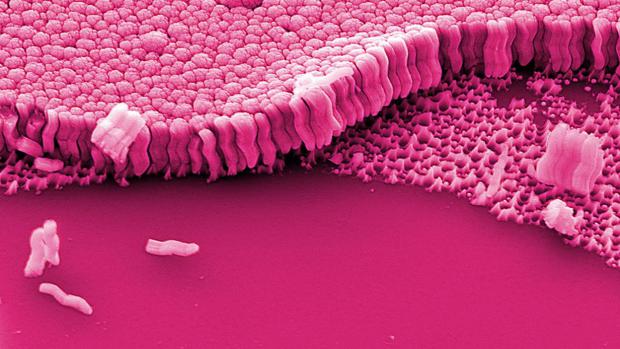
Breaking News
 Audio + English transcript from the closed-door July 9, 2025 court hearing in the case against...
Audio + English transcript from the closed-door July 9, 2025 court hearing in the case against...
 Trump: Obama started this WHOLE thing! (6 mins on it from the Maria B interview)
Trump: Obama started this WHOLE thing! (6 mins on it from the Maria B interview)
 Provoked: How Washington Started the New Cold War with Russia and the Catastrophe in Ukraine
Provoked: How Washington Started the New Cold War with Russia and the Catastrophe in Ukraine
 US Politics Is Just Nonstop Fake Revolutions Now
US Politics Is Just Nonstop Fake Revolutions Now
Top Tech News
 3D Printed Aluminum Alloy Sets Strength Record on Path to Lighter Aircraft Systems
3D Printed Aluminum Alloy Sets Strength Record on Path to Lighter Aircraft Systems
 Big Brother just got an upgrade.
Big Brother just got an upgrade.
SEMI-NEWS/SEMI-SATIRE: October 12, 2025 Edition
 Stem Cell Breakthrough for People with Parkinson's
Stem Cell Breakthrough for People with Parkinson's
 Linux Will Work For You. Time to Dump Windows 10. And Don't Bother with Windows 11
Linux Will Work For You. Time to Dump Windows 10. And Don't Bother with Windows 11
 XAI Using $18 Billion to Get 300,000 More Nvidia B200 Chips
XAI Using $18 Billion to Get 300,000 More Nvidia B200 Chips
 Immortal Monkeys? Not Quite, But Scientists Just Reversed Aging With 'Super' Stem Cells
Immortal Monkeys? Not Quite, But Scientists Just Reversed Aging With 'Super' Stem Cells
 ICE To Buy Tool That Tracks Locations Of Hundreds Of Millions Of Phones Every Day
ICE To Buy Tool That Tracks Locations Of Hundreds Of Millions Of Phones Every Day
 Yixiang 16kWh Battery For $1,920!? New Design!
Yixiang 16kWh Battery For $1,920!? New Design!
 Find a COMPATIBLE Linux Computer for $200+: Roadmap to Linux. Part 1
Find a COMPATIBLE Linux Computer for $200+: Roadmap to Linux. Part 1
New metallic glass material created by starving atoms of a nucleus

Normally, solid metals have a rigid, crystalline atomic structure, but as their name suggests, metallic glasses are more like glass, with a random arrangement of atoms. Composed of complex alloys, they get their unusual structure when molten metal is cooled down extremely quickly, which prevents crystals from forming. The end result is a material that's as pliable as plastic during production but strong as steel afterwards, making them useful for objects like golf clubs and gears for robots.
The Yale researchers developed their new version of the material by taking samples of metallic glass and making nanorods out of it. With a diameter of just 35 nanometers, these rods are so tiny that the atoms have no room for a nucleus. The researchers dub the process "nucleus starvation," and it resulted in a new phase of the material.
"This gives us a handle to control the number of nuclei we provide in the sample," says Judy Cha, lead researcher on the project. "When it doesn't have any nuclei — despite the fact that nature tells us that there should be one — it generates this brand new crystalline phase that we've never seen before. It's a way to create a new material out of the old."



